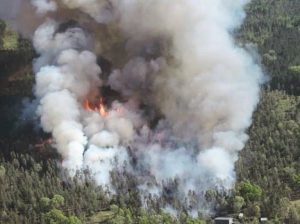Every year since 1990 May 23 is celebrated as World Turtle Day. According to a global reptile assessment, 50% of all turtles species are at risk of extinction, making them one among the most threatened among reptiles.
The biggest threat to turtles are hunting and illegal wildlife trade. In fact, illegal wildlife trade threatens 31% turtles.
This year’s theme for World Turtle Day is “Shellebrate”. The theme asks “everyone to Love and Save Turtles”.
History of World Turtle Day:
This special day was founded by the American Tortoise Rescue (ATR), a non-profit organisation, in1990. The ATR was established by a husband and wife duo, Susan Tellem and Marshall Thompson.
The organisation has rescued and re-sheltered more than 4,000 turtles and tortoises.
Also Read: International Day for Biological Diversity 2022: History, significance, theme
“These sentient beings are amazing creatures that outlasted dinosaurs and live 25, 50, 100 years or more,” says Tellem.
Turtles date back to the time of the dinosaurs, which is over 200 million years ago. There are a total of 300 species of turtles around the world, out of which nearly 129 species are said to be endangered.
Also Read: A disappearing act: Iraq’s Lake Sawa is dying a slow death, thanks to climate change
Nearly, all sea turtle species are classified as endangered, with three of the seven species now critically endangered. Tens of thousands of sea turtles are lost each year to over-harvesting and illegal trade.
Turtles and tortoises grow slowly, mature late, and live a long time.
Young turtles are highly vulnerable to many different predators, and only a small percentage survive into adulthood. Turtles that do survive may live a long time (some up to 200 years). Most females lay eggs well into their final years. This lifetime of egg-laying ensures that enough hatchlings will survive to keep the population afloat.
Removing an adult female turtle from the wild also removes the hundreds to thousands of eggs it might have laid during its lifetime. If enough of them disappear, the population collapses. And once depleted, turtles and tortoise populations are very slow to recover, if they recover at all.






